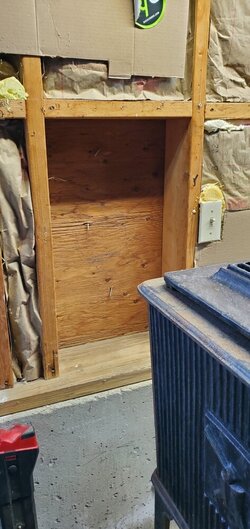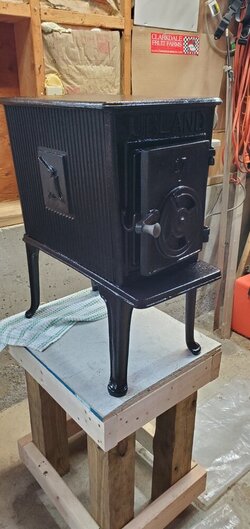Hello, I'm doing a garage install and I have an Upland 17 and I'm wondering what type of thimble would be best for my situation? It seems to be pretty straight forward, through the plywood siding with vinyl on the exterior. I have J-channel to finish off the exterior, it just seems there are more choices with 6" pieces vs 5" which is what I'm working with, does it make sense to increase from 5-6"?. Also, I'd like to get as close to the wall as possible and plan to use backer board with corrugated metal to reflect heat back into the room. Is 12" distance doable? Thanks very much for the help.





